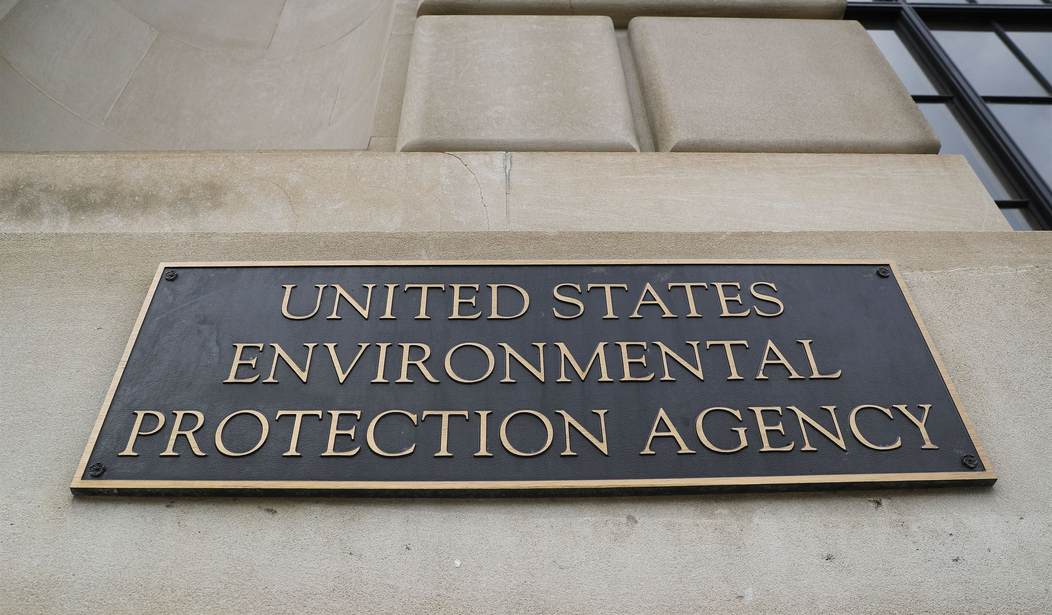Providing sustenance to the Biden administration’s “green” push to replace use of the U.S.’s abundant reserves of fossil fuels with unreliable and expensive wind and solar are regulators armed with a specious notion that carbon dioxide and other greenhouse gases are pollutants.
The government’s attack on hydrocarbons goes back to the Clinton administration’s Environmental Protection Agency, which produced a legal opinion that it could regulate greenhouse gases even though Congress never empowered it to do so. Undeterred by the absence of legislative backing, the Obama administration sought to reduce carbon dioxide emissions at coal-fired power plants under the Clean Power Plan. Although Obama’s “War on Coal” abated under the Trump administration, it returned with Biden.
This back-and-forth between unelected regulators and judges makes the availability of reliable and affordable energy subject to ideological fancies and questionable science. Coal, oil and natural gas have produced and still sustain the wealthiest and healthiest society ever known. Abandoning them at this stage of technological development can only mean misery.
Nonetheless, access to energy — a necessity for any modern society — is at the mercy of court decisions and political calculations. Implementation is left to a weaponized EPA directing fire at hapless industries and their workers.
Since the days of Bill Clinton, various administrations have viewed EPA as the enforcer of anti-fossil pursuits. EPA’s effort to regulate greenhouse gases attracted organizations looking to seize the right moment to push their anti-fossil agenda. They — allied with a number of blue states — eventually wound up at the Supreme Court, which ruled in the 2007 Massachusetts vs. EPA case that the agency had the authority to regulate greenhouse gases.
Recommended
It was under a court-empowered EPA that the Obama administration introduced its Clean Power Plan, directing states to reduce coal-plant emissions by 30 percent by 2030. Trump’s administration tried to overrule the Clean Power Plan but was dealt a blow by a 2021 D.C. Circuit Court ruling. Challenging this ruling on Feb. 28 before the Supreme Court will be some 20 states arguing that EPA needs congressional approval to regulate carbon dioxide emissions.
The regulatory and judicial maneuvering seemingly overlooks fundamentals of energy: Based on currently available technologies, only coal, oil, natural gas, and nuclear — and to a certain extent hydro — can provide energy at affordable costs on demand. Over-reliance on wind and solar have led to high prices and energy shortages in such diverse places as California, Texas and Europe. Power grids elsewhere are flirting with similar disasters.
Also disregarded by too many in the administrative state is the havoc that an unfettered EPA can wreak on people far from the halls of federal power. Last year in Pennsylvania, a proposal that seeks to kill the coal and gas industries was advanced by a regulator saying his deciding vote was based — at least partially — on the EPA’s designation of carbon dioxide as a pollutant. Coal plants employing tens of thousands in that state have closed or have announced plans to shut down under the threat of the proposed regulation.
In a Pennsylvania county that is home to two of the plants to be shuttered are yard signs asking for prayers. Perhaps they will be answered with a judicial ruling to impose congressional restraint on federal regulation. We can hope — and pray.
Gregory Wrightstone is a geologist, executive director of the CO2 Coalition, expert reviewer for the Intergovernmental Panel on Climate Change and author of the bestselling book Inconvenient Facts.


















Join the conversation as a VIP Member